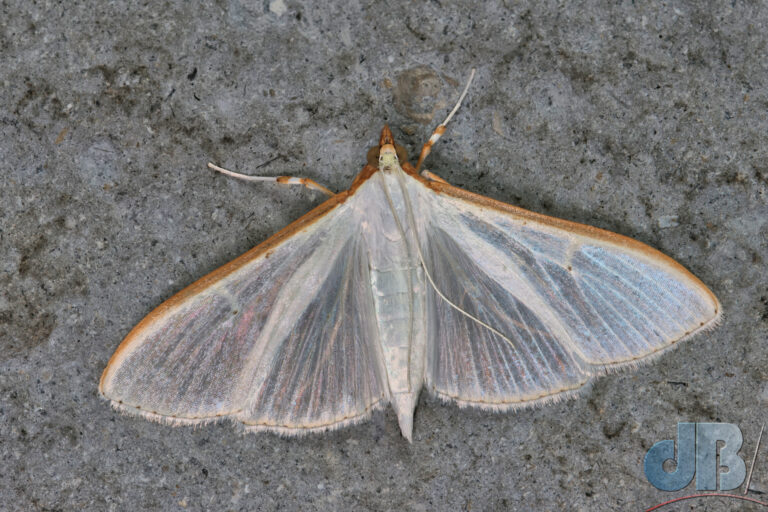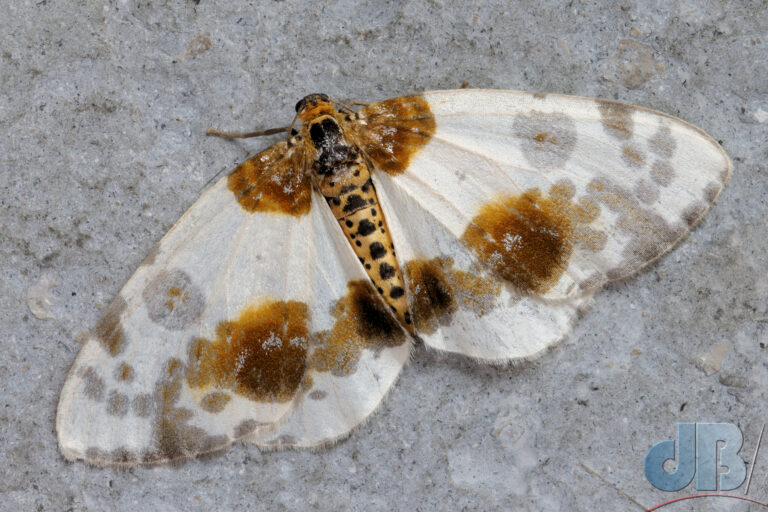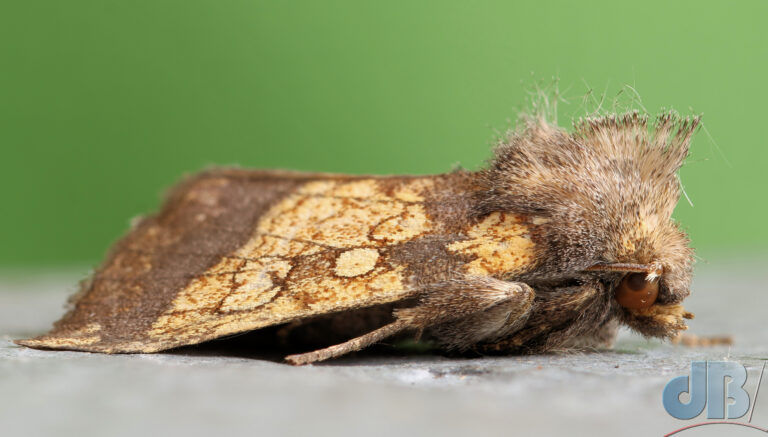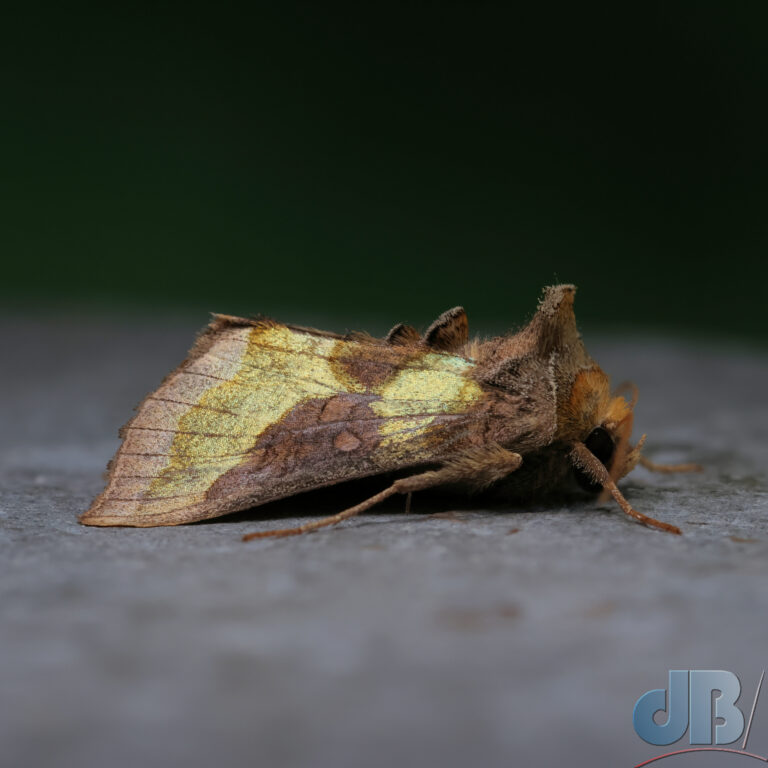I started mothing in 2018. It was the July. A friend, Rob, set up his trap in his garden the night of the 23rd and I accepted his invitation to visit the next morning and see what had come to the actinic light and settled in the trap. There were lots of moths, Poplar Hawk-moth, Burnished Brass, Angle Shades, Daggers, Large Yellow Underwing…the list was long.

I borrowed Rob’s trap the next night to run in my garden and haven’t looked back since. I’ve added several other traps and have also mothed on campsites, holiday homes, and with pheromone lures.

A little over six years later, I’ve recorded well over 500 species of thousands of moths in my garden. I try to keep fastidious records and send these annually to the County Moth Recorder for Cambridgeshire, VC29, Bill Mansfield. I also send in records from other places if I do any mothing on holiday. Of course, regular readers will know all this and will know about our June trip to Northern Greece for birds, butterflies, and moths.

Sending in the records means the data gets added to the local records and ultimately the national records. It’s my bit of a contribution to citizen science. It’s more useful scientifically for a few people to be mothing than for nobody to monitor what’s happening at the local level as was suggested by a scurrilous article in teh Grauniad a few years ago, which sadly had a few dedicated moth-ers ditching their traps. Knowledge is power, if we know what moths are around and in what numbers we have more chance of protecting them, their habitats, ecosystems, and the other flowering plants and animals (birds, bats etc) that rely on their presence.

I send my records to the county recorder, it’s useful data that feeds into the local and the national database, makes it more worthwhile than simply my photographing them, bit of citizen science and all that.
The arrival of masses of Large Yellow Underwing in August has boulstered the moth numbers I’ve recorded in 2024 after a very slow start.
Over the course of this year, I’ve done dozens of lighting-up sessions and recorded 323 species in our back garden so far. 28 of those species, I’d not recorded in the garden before.
Previous years I’ve recorded a similar level of diversity although absolute numbers of specimens have been much higher although the per session numbers have steadied, again after seeming to be very lower for the first few months of the season.